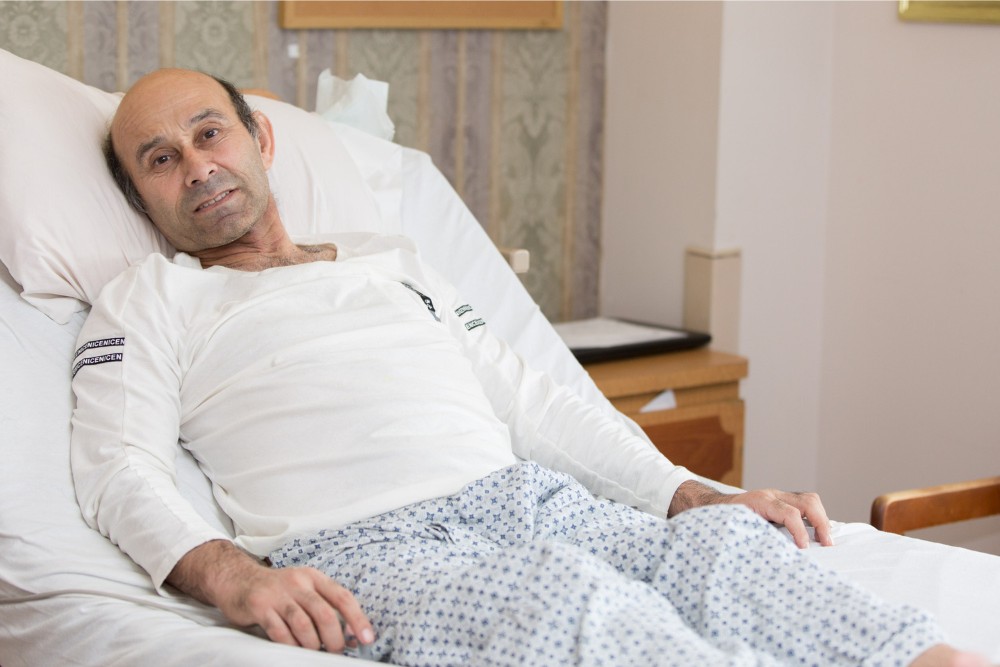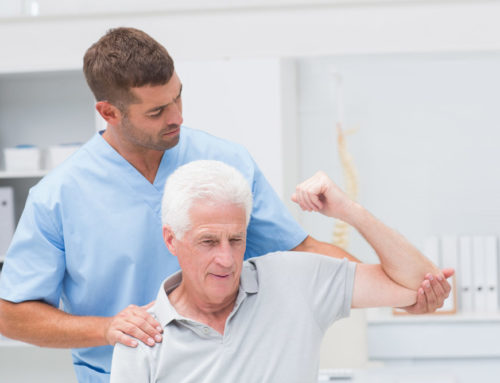Spinal cord injuries happen without warning during a car accident, fall, or when playing sports. The damage may be mild or severe, depending on where and how hard the spine is hit. A spinal injury could even affect your ability to walk, though this may only be temporary with the proper rehab. With consistent treatment and the right attitude, you eventually may be able to move about again on your own.
Many rehabilitation therapies, such as physical therapy, locomotor training, and robotic-assisted therapy, are designed to stimulate neuroplasticity. Rehabilitation therapies are most effective, especially for those in the early stages of recovery from a spinal injury, in helping them walk again. These repetitive, task-specific exercises encourage the nervous system to form new pathways that can bypass damaged areas. Physical therapy is most commonly recommended to regain strength and balance.
But you may also require occupational therapy, psychological support, and other therapies. Your medical team will decide which options are best for your injury to ensure safe, effective healing.

What Therapy Can Help You Walk After Spinal Injury?
Spinal cord injuries are categorized as complete or incomplete. The former refers to those who lose all feeling and movement below the damaged vertebrae. Incomplete injuries still maintain some sensation, though you may not be able to move as well as you did before.
But these issues aren’t always permanent. Those with incomplete spinal cord injuries may be able to walk again after treatment. Even complete SCI could regain significant movement. To ensure you get back on your feet, starting the proper rehab as soon as possible is essential.
Physical therapy
One of the most effective treatments to help you walk after a spinal injury is physical therapy. Your therapist will create a program including aerobic exercise, strength training, and stretching to increase muscle mass and range of motion.
Gait training may also be required when nerve damage disrupts signals from the brain to the legs. Weakness and spasticity reduce walking ability, so gait training teaches you to do it all over again. Therapists guide you through steps using braces, supports, and other assistive devices as needed.
Occupational
Occupational therapy is another vital aspect of learning to walk after a spinal injury. The treatment focuses on daily activities and regaining independence. You may struggle with life skills after spinal damage, including dressing, bathing, grooming, cooking, or using the bathroom.
As well as assisting you to regain those skills, trained therapists also do home visits. They remove obstacles and add support devices, like bathtub grab bars. As well as working to improve walking, they’ll also assist with sitting tolerance until you’re comfortable standing on your own.
Psychological
Spinal cord injuries are life-changing events, especially when experiencing new limitations to your former independence. Though mental distress isn’t uncommon, it negatively affects your recovery. The further your mental health declines after a spinal injury, the slower you regain your ability to walk.
Treating your distress is the best method for improving your results. That’s why psychological support is a vital part of rehab after spinal damage. Your therapist will help you cope with depression, grief, and uncertainty, replacing them with optimism, hope, and improved self-esteem.
Other therapies
Those relearning to walk after a spinal injury may benefit from other therapies. If you’re still employed, vocational therapy helps you resume working. Recreational activity adds fun games, music, sports, and other social activities to your routine. If the injury affected communication, you may also require speech therapy.
Fostering neuroplasticity through consistent, intensive rehabilitation, activities and a supportive environment is key to helping patients with spinal injuries regain the ability to walk and improve brain function.
Consider changing your lifestyle, embracing regular exercises, healthy diet and stress-free activities. After a spinal injury, the nervous system may need to relearn how to control movement, including walking.
Resources:
- Craig Hospital, Incomplete Spinal Cord Injuries: The Early Days
https://craighospital.org/resources/incomplete-spinal-cord-injuries-the-early-days - MSKTC, Spinal Cord Injury and Gait Training
https://msktc.org/sci/factsheets/spinal-cord-injury-and-gait-training#:~:text=Difficulty%20walking%20is%20very%20common,included%20in%20their%20therapy%20plans - NCBI, March, 2011, Occupational therapy treatment time during inpatient spinal cord injury rehabilitation
https://www.ncbi.nlm.nih.gov/pmc/articles/PMC3066503/ - NCBI, April 28, 2022, Mental Health and Spinal Cord Injury: Clinical Considerations for Rehabilitation Providers
https://www.ncbi.nlm.nih.gov/pmc/articles/PMC9046713/ - NIH, What are the treatments for spinal cord injury (SCI)
https://www.nichd.nih.gov/health/topics/spinalinjury/conditioninfo/treatments
This content comprises informative and educational resources only and can not be considered as a substitute for professional health or medical guidance. Reliance on any information provided in this article is solely at your own risk. If you have any inquiries or apprehensions about your medical condition or health goals, talk with a licensed physician or healthcare provider.






Leave A Comment